Health Benefits of Millets -: Exploring the Nutritional Value and Health Benefits of Consuming Millets
Table of Contents
Introduction to the Health Benefits of Millets
The health benefits of millets, often called “ancient grains,” have a remarkable history dating back thousands of years. People have been growing these tough cereal crops since ancient times, and they played a significant role in feeding early civilizations across Asia and Africa. Whether it was in the fertile lands of the Indus Valley or the highlands of Ethiopia, millets were a preferred food choice.
Nowadays, there’s a growing interest in these simple grains. Why? Because millets don’t just fill our stomachs; they also come with a bunch of health benefits. As folks look for healthier food options that are good for the planet, millets are making a comeback.
In this article, we’re going to dive into the goodness of millets – their nutritional value, health perks, and how we can cook them up in all sorts of tasty ways. So, let’s take a trip through history and see why these tiny grains deserve a prime spot on our dinner tables.
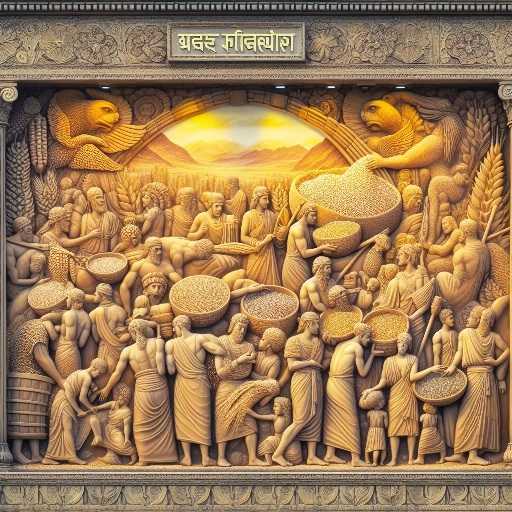
Nutritional Composition of Millets
1. Macronutrients
Carbohydrates: Millets predominantly provide complex carbohydrates, which supply sustained energy levels. Compared to refined grains, they are more effective in regulating blood sugar due to their lower glycemic index. Furthermore, they offer a gradual release of energy, promoting stable glucose levels throughout the day.
Proteins: While millets may not contain as much protein as beans or meat, they still offer valuable protein content. Certain varieties, such as finger millet (ragi), boast even higher protein levels. Therefore, incorporating millets into your diet can contribute to meeting your protein needs, albeit to a lesser extent compared to other protein-rich foods.
Fats: Although millets contain a modest amount of fat, it primarily consists of heart-healthy unsaturated fats. They are characterized by their low fat content, with the majority being unsaturated fats. Consuming millets can thus support cardiovascular health by providing beneficial fats while keeping overall fat intake moderate.

2. Micronutrients
Vitamins: Millets provide us with important vitamins like B vitamins (B1, B2, B3, B6), which are crucial for our bodies. These vitamins help us have energy and keep our bodies working well. Additionally, millets help us have healthy skin, eyes, and hair, and they ensure we have enough red blood cells. When we eat millets, we get these vitamins that keep us healthy and feeling good.
Minerals: Moreover, millets contain lots of minerals like iron, magnesium, phosphorus, and zinc, which are essential for different parts of our bodies. Iron helps us make blood, while magnesium aids in many bodily functions. Phosphorus is good for our bones and gives us energy, and zinc helps our body fight off sickness and heal cuts.
By incorporating millets into our diet, we can ensure that we get all these minerals that our bodies need to stay healthy and strong.
3. High Fiber Content
Digestive Health: Millets are great for your stomach because they have fiber that keeps your bowels regular and prevents constipation. Additionally, the fiber in millets helps to feed the good bacteria in your gut, making your digestion even better.
Weight Management: Eating foods with fiber, like millets, helps you feel full, so you don’t eat too much. This can be really helpful for managing your weight and staying healthy.
Blood Sugar Regulation: When you eat millets, the fiber in them slows down how quickly your body absorbs sugar. This means your blood sugar levels stay steady throughout the day, which is important for staying healthy and having energy.
Managing Diabetes with the Health Benefits of Millets
1. Understanding Glycemic Index (GI)
The glycemic index (GI) tells us how fast foods with carbs raise our blood sugar levels. Foods with a high GI, which are above 70, make our blood glucose rise quickly. On the other hand, foods with a low GI, which are below 55, slowly increase our blood sugar.
2. Why Millets Have a Low GI
High Fiber Content: The dietary fiber found in millets helps to slow down the absorption of glucose in our bodies. It means that when we eat millets, the sugar from our food gets into our bloodstream more slowly, which is good for keeping our blood sugar levels steady.
Resistant Starch: Some millets contain resistant starch, which means that this type of starch doesn’t get digested in our small intestine like other starches. Instead, it moves to our large intestine, where it can help keep our gut healthy.
Slow Digestion: The special structure of millet grains makes them tough for our bodies to break down quickly with enzymes. Because of this, when we eat millets, they take longer to digest, which helps us feel full for longer and gives us a steady supply of energy.
3. How Millets Regulate Blood Sugar Levels
Consuming millets benefits individuals with diabetes because they cause a gradual increase in blood sugar levels, preventing sudden spikes that can be harmful. Moreover, millets may enhance insulin sensitivity, enabling cells to utilize glucose more effectively. This is crucial for maintaining stable blood sugar levels and overall health. Additionally, millets’ high fiber content promotes a feeling of fullness, reducing overall food intake and aiding in weight control. Including millets in your diet can thus help manage diabetes and maintain a healthy weight.
The Importance of Millets in Heart Health
Unlock the Benefits of Adding Millets to Your Diet: Lowering Cholesterol Levels
Millets are rich in dietary fiber, specifically soluble fiber, which is crucial for lowering cholesterol levels. This type of fiber helps to reduce the levels of LDL cholesterol, often referred to as “bad” cholesterol, in the blood.
Additionally, millets contain phytosterols, which are plant compounds that resemble cholesterol in structure. These phytosterols compete with cholesterol for absorption in the intestines, further aiding in reducing cholesterol levels.
Moreover, millets are naturally low in saturated fat, which is beneficial for heart health. High intake of saturated fat is associated with an increased risk of heart disease, so choosing low-saturated-fat foods like millets can help support heart health. Incorporating millets into your diet can contribute to better cholesterol levels and overall heart health.
Unlock the Benefits of Adding Millets to Your Diet: Healthy Cardiovascular
Millets contribute to maintaining healthy blood pressure levels due to their potassium content. Firstly, potassium, an essential mineral abundant in millets, regulates blood pressure by counteracting the effects of sodium in the body.
Moreover, millets are rich in antioxidants, such as phenolic compounds, which shield blood vessels from oxidative damage. By preventing the accumulation of plaque in arteries, these antioxidants decrease the likelihood of heart disease and stroke.
Additionally, millets possess anti-inflammatory properties that further enhance heart health. Chronic inflammation, a risk factor for various heart conditions, can be mitigated by consuming anti-inflammatory foods like millets. Therefore, incorporating millets into your diet can effectively promote heart health and bolster overall well-being.
Managing Weight with the Health Benefits of Millets
1. Satiety and Fullness
Millets are abundant in dietary fiber, a nutrient known for its ability to impart a feeling of fullness and satisfaction following consumption. Additionally, this fiber content in millets plays a crucial role in regulating appetite, thereby reducing the likelihood of overeating or indulging in snacks between meals when incorporating millet-based dishes into your diet.
2. Slow Digestion and Steady Energy
The complex carbohydrates in millets are digested slowly, providing a steady release of energy. Additionally, unlike refined grains, which cause rapid blood sugar spikes followed by crashes, millets maintain stable blood glucose levels. This means that by choosing millets as a source of energy, you can avoid feeling tired or hungry soon after eating, and stay energized throughout the day.
3. Reduced Caloric Intake
Millets’ high fiber content allows you to consume fewer calories while feeling satisfied. Additionally, including millets in your diet can help create a calorie deficit, essential for weight loss. This means that by eating millets, you can feel full and satisfied while also working towards reaching a healthy weight.
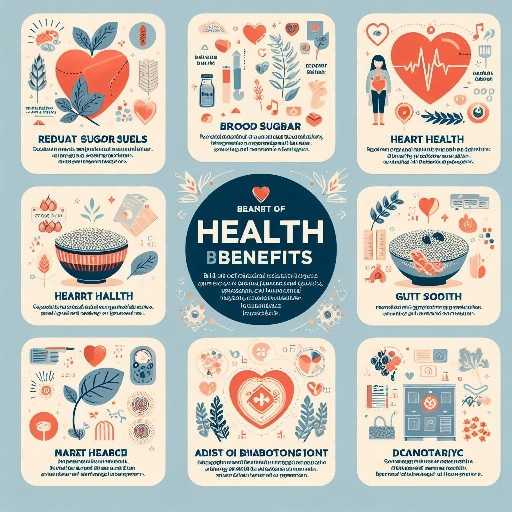
4. Nutrient Density
Millets are nutrient-dense, providing essential vitamins, minerals, and antioxidants. Moreover, when you choose millets over empty-calorie foods, you nourish your body without excess calories. This means that by including millets in your diet, you can make sure you’re getting all the important nutrients your body needs to stay healthy, without eating too many calories that can make you feel tired or sluggish.
In summary, millets are really helpful for managing weight. First of all, they make you feel full, so you don’t eat too much. They also give you energy slowly, which helps keep your blood sugar level steady. This means you won’t feel hungry again too soon. Additionally, millets are packed with important nutrients like vitamins and minerals, which are good for your body. So, when you eat millets as part of your diet, you’re getting lots of benefits for managing your weight. Just remember, it’s not only about what you eat but also staying active. So, make sure to pair millets with healthy food choices and stay active for the best results.
Gut Health: The Prebiotic Properties of Millets
1. Prebiotics and Gut Microbi
Prebiotics are non-digestible food components that promote the growth and activity of beneficial gut bacteria. Additionally, they serve as food for probiotics (beneficial bacteria) and help maintain a balanced gut microbiome. This means that by eating foods like millets that contain prebiotics, we can keep our gut healthy and make sure our bodies work well.
2. Millets as Prebiotics
Millets contain resistant starch, which acts as a prebiotic. Furthermore, resistant starch reaches the colon undigested, where it serves as nourishment for beneficial gut bacteria. This helps keep our gut healthy and happy, ensuring that our bodies work well and we stay strong and energetic.
3. Role in Gut Health
Millets help increase Bifidobacteria, which are important probiotics for gut health. Moreover, gut bacteria ferment resistant starch in millets, producing Short-Chain Fatty Acids (SCFAs) like butyrate. These SCFAs have anti-inflammatory effects and help maintain gut integrity. Additionally, millets improve digestive function and nutrient absorption due to their prebiotic properties. This means that by eating millets, we can keep our gut healthy and make sure our bodies can absorb all the nutrients we need to stay strong and energetic.
Incorporating millets into your diet supports a healthy gut microbiome and overall digestive wellness.
Antioxidant Properties of Millets
1. Exploring the Benefits of Adding Millets to Your Diet: Bioactive Compounds
Pearl millet, finger millet, and foxtail millet contain different bioactive compounds such as polyphenols and flavonoids. Additionally, these antioxidants are important because they protect the body’s cells from damage caused by free radicals and oxidative stress. This shows how important it is to include a variety of millets in our diet to get a range of health benefits and keep our bodies strong and healthy.
2. Preventing Oxidative Stress: Health Benefits of Millets
Oxidative stress happens when there’s an imbalance between highly reactive molecules called free radicals and the body’s antioxidant defenses. Moreover, antioxidants in millets counteract free radicals, stopping cellular damage and protecting our cells. This means that by eating millets, we can help keep our bodies strong and healthy by fighting off harmful free radicals.
3. Benefits of Adding Millets to Your Diet
Antioxidants help keep skin healthy, minimize signs of aging, and guard against age-related diseases. Additionally, eating antioxidant-rich foods like millets regularly lowers the risk of chronic diseases such as heart disease, cancer, and neurodegenerative disorders. This shows how important it is to include millets in our diet to stay healthy and strong for a long time.
Exploring Culinary Uses Alongside the Health Benefits of Millets
1. Exploring the Health Benefits of Millet-Based Dishes: Flavorful and Nutritious
Millets are incredibly versatile and can be used in various dishes. You can swap them for basmati rice, couscous, or quinoa. They’re great in salads, pilafs, stir-fries, Indian soups, and even in baked goods like muffins or bread.
2. Exploring the Versatility in Cooking with the Health Benefits of Millets
Millets can be ground into flour for baking, used as whole grains in salads, or cooked into creamy porridge. Furthermore, they absorb flavors easily, making them suitable for different cuisines and cooking techniques. This means that we can enjoy millets in many tasty ways, adding variety to our meals while still getting all their health benefits.
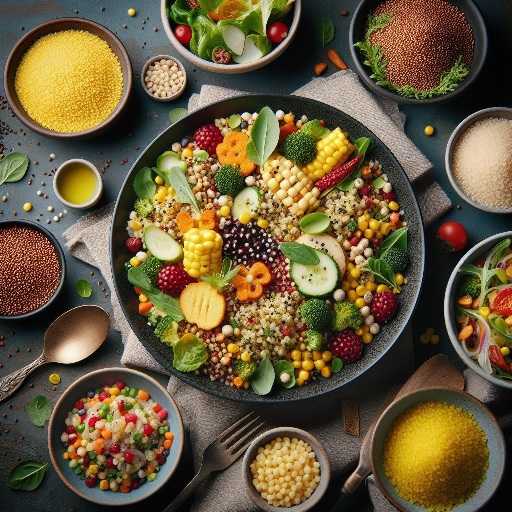
Millets in Traditional Diets: Traversing Through Time
1. Ancient Significance
Millets were highly important in ancient India, not just for food but also in religious practices, rituals, and traditional celebrations. Moreover, during religious ceremonies, millets were used to make offerings and distributed as prasad, which is blessed food. This shows how deeply embedded millets were in the culture and traditions of ancient India.
2. Global Consumption
Millets have been a traditional staple for hundreds of millions of people in Sub-Saharan Africa and Asia for over 7000 years. Additionally, they were cultivated globally, with over 90 million people in Africa and Asia relying on millets in their diets. This shows how important millets have been throughout history for providing nourishment and sustenance to millions of people around the
3. Resilience and Sustainability
The sustainable way millets are grown played a crucial role in sustaining civilizations. Additionally, their ability to thrive with minimal water and in poor soil conditions made them resilient crops. Even during tough environmental conditions, millets guaranteed a steady food supply. This highlights the importance of millets in providing reliable food sources even in challenging circumstances.
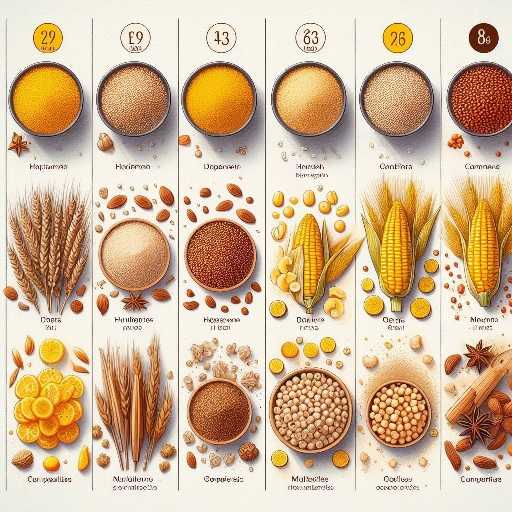
4. Nutritional Legacy
Millets are known as “nutri-cereals” because they are packed with nutrition. Additionally, they contain a variety of nutrients including vitamins, minerals like iron and calcium, protein, antioxidants, and resistant starch. These nutrients help keep our bodies healthy and strong.
5. Supporting Small Farmers
Millets not only improve livelihoods for small farmers, including women, both nationally and regionally, but they also require minimal inputs for cultivation. Consequently, they become an excellent solution for countries aiming to increase self-sufficiency and reduce reliance on imported grains.
6. A Wholesome Past and a Promising Future
Millets contribute to sustainable farming practices, which are important for taking care of our planet. Additionally, they help support global food security by providing nutritious food to people all over the world.
In summary, millets represent more than just grains; they stand as a testament to human resilience, cultural heritage, and nutritional wisdom, showcasing the extensive health benefits of millets ingrained in our traditions and diets.
Challenges and Considerations
1. Anti-Nutrients in Millets
Phytates (Phytic Acid), Tannins, and Lectins may hinder nutrient absorption, but using appropriate processing techniques can reduce this impact. Moreover, by properly processing millets, we can make sure that we get the most nutrients from them, keeping us healthy and strong.
2. Proper Processing and Cooking Techniques to Unlock the Health Benefits of Millets
Soaking, fermentation, sprouting, and diverse cooking methods can enhance nutrient availability and reduce anti-nutrient content in millets. Additionally, these methods help make millets easier to digest and ensure that we get all the good stuff from them. This means that by preparing millets in different ways, we can make them even better for our bodies.
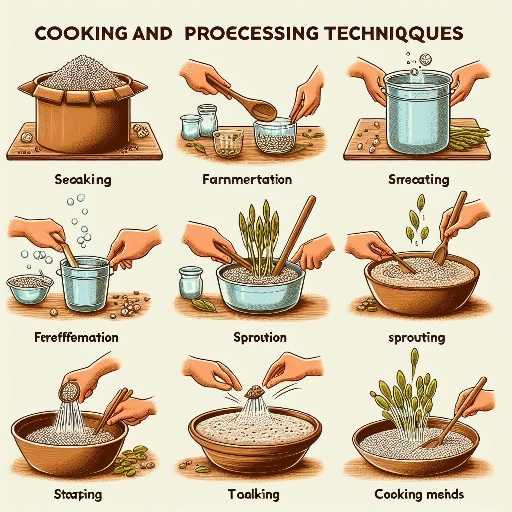
Remember that the health benefits of millets are incredibly nutritious, and with proper preparation, their advantages far outweigh the challenges. Enjoy experimenting with these ancient grains!
Conclusion: Embracing Millets for Health and Heritage
In this journey through the world of millets, we’ve uncovered their remarkable health benefits and celebrated their rich cultural legacy. Let’s recap
Nutritional Powerhouses: Furthermore, millets offer a diverse array of nutrients – from complex carbohydrates to vitamins, minerals, and antioxidants.
Diabetes-Friendly: Moreover, with their low glycemic index and slow digestion, millets help regulate blood sugar levels. A boon for those managing diabetes.
Heart-Healthy Allies: Additionally, millets reduce cholesterol levels, support blood pressure regulation, and protect our cardiovascular system. Heart health, served on a plate.
Weight Management: Furthermore, feeling full and satisfied? Thank the satiety factor of millets. They’re your secret weapon in the battle against extra pounds.
Gut Wellness: Moreover, millets act as prebiotics, nourishing our gut microbiome. A happy gut means a healthier you.
Antioxidant Armor: Additionally, millets shield our cells from oxidative stress, promoting longevity and vitality.
Gluten-Free Goodness: Lastly, for those with gluten sensitivity, millets are a safe and delicious alternative.
To Visit Related Post Click Here.
The Indian government is actively promoting millets through its institutes, such as the Indian Institute of Millets Research (IIMR), highlighting their health benefits and culinary potential. Ongoing research in this field is being conducted by (IIMR), further advancing our understanding of the nutritional and agricultural aspects of millets